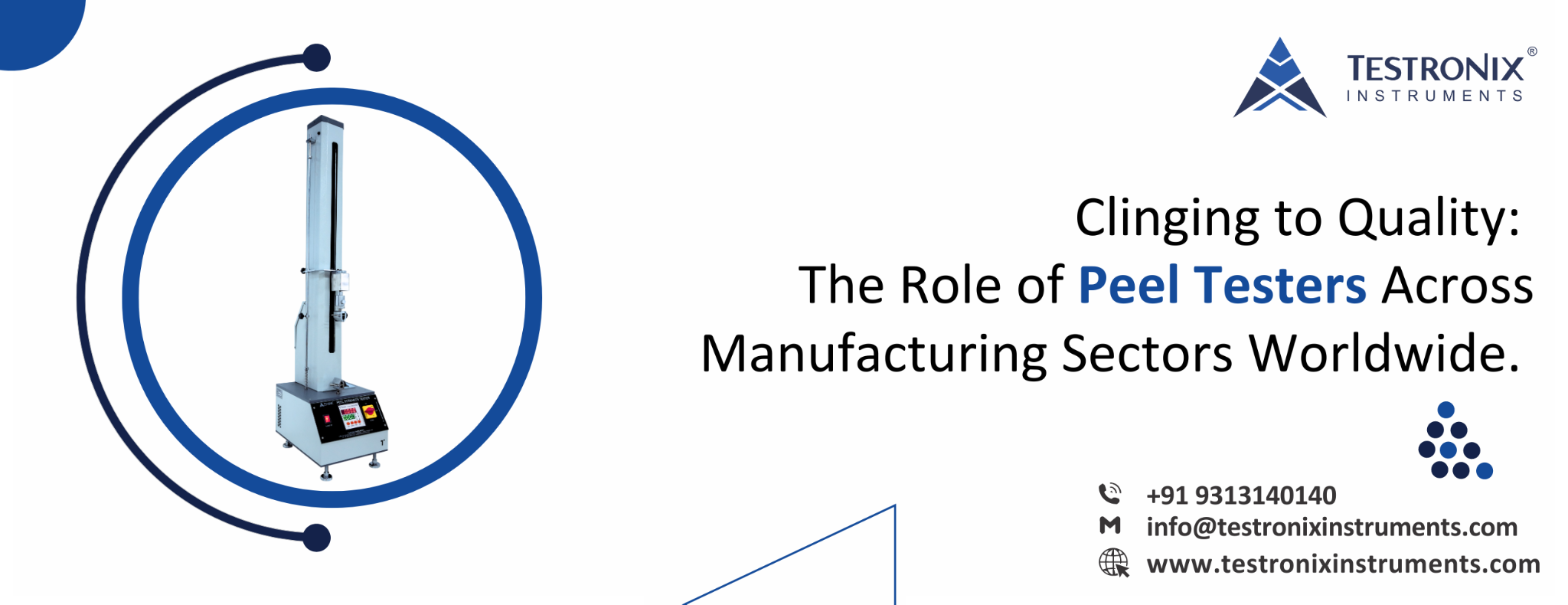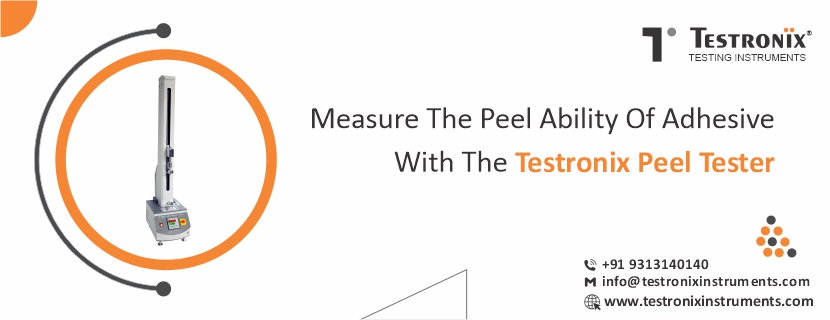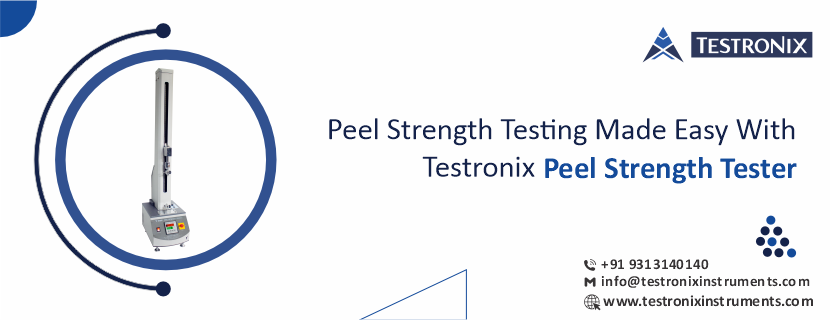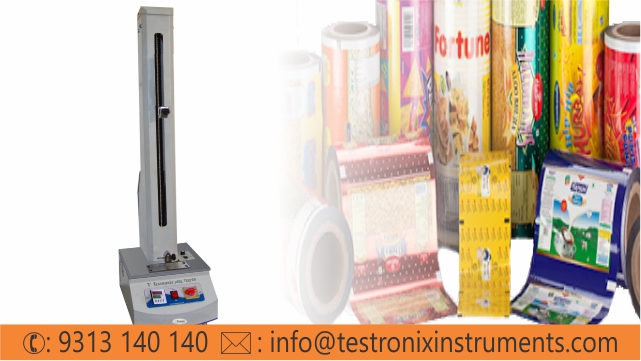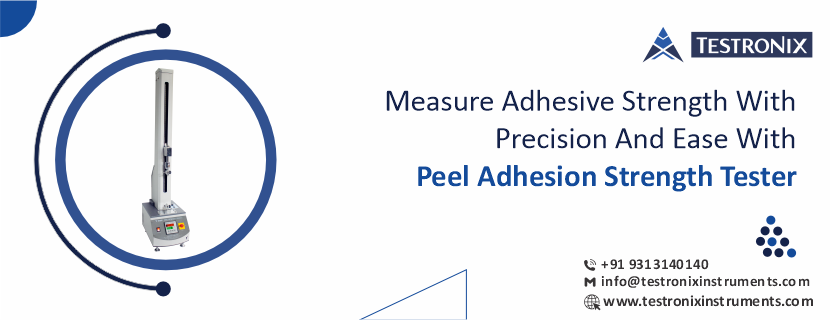An understanding of the adhesive strength of different samples and materials is imperative for manufacturers in today's world to ensure the production and distribution of high-quality, reliable and compliant products, irrespective of their sectors. In this regard, the presence and importance of Peel/Seal/Bond and Adhesion Strength Testers as an important quality testing equipment has been considered beneficial in many sectors.
On this note, one can state that from a qualitative standpoint, peel/seal/bond and adhesion strength testers and by extension, the process of peel testing has the following industry-specific roles and significance, across different manufacturing and industrial organisations worldwide.
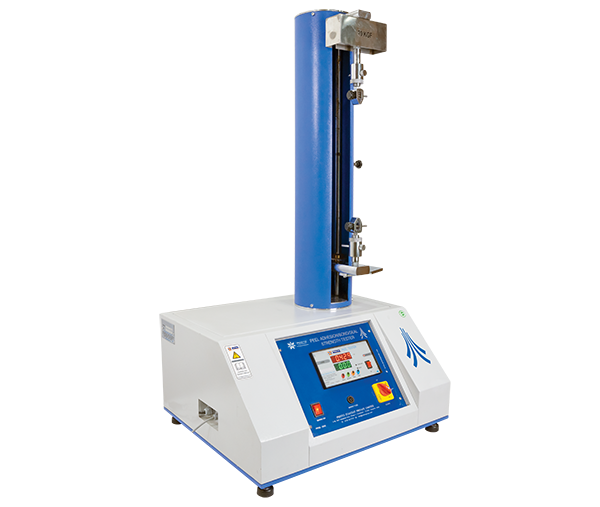
Role of Peel Testers in The Paper and Packaging Industry
In today's world, measuring the overall adhesive properties of stickers, labels, industrial adhesive tapes and other sealing materials, especially within the paper and packaging industry is crucial because it ensures product reliability, regulatory compliance, and customer satisfaction. Moreover, from a business stand point (i.e., as a part of packaging), this is essential to prevent
- To prevent spillage and spoillage of different packaged products (especially liquids)
- To prevent bacterial contamination (for instance- in the food industry)
- To maintain product integrity during storage, shipping, distribution and transportation
- And a lot more.
Critically speaking, this makes peel testers one of the most demanded instrumentation, because at its core such processes and quality checks helps manufacturers select the right material and prevent economic losses (due to damaged products).
Role of Peel Testers in The Textile and Apparel Industry
Likewise, in the textile and apparel industry, peel testers are used to evaluate the strength of adhesive compounds used in heat transfers, seam tapes, and other applications, as a part of garment manufacturing. Industrially speaking, this helps manufacturers deliver high-quality and resilient clothing materials and their end products as such testing preserves the appearance and utility of clothing by guaranteeing that trims and embellishments stay firmly bonded to materials throughout washing and wearing.
Furthermore, they also help in product and process optimisation [as interpreted from Hubbe (2024)'s article] by minimising wastage of materials. This not only has several cost saving effects, but in the long run it also helps enhance the overall operational performance, speed and efficiency of different production brands.
Role of Peel Testers in The Electronic Industry
An understanding of the process of peel testing, in general, reveals that in the electronic industry, they help manufacturers and device manufacturers in the following manner.
- Firstly, by verifying the strength of adhesive bonds between substrates like PCBs, Peel testers help manufacturers produce safe, reliable, and functional electronics that can withstand stress related to electrical conductivity and daily wear and tear.
- Secondly, by measuring peel strength under various conditions (such as temperature and humidity), manufacturers can determine the durability and longevity of different protective coatings like encapsulants and conformal coatings. Industrially, this helps in production of long-term and safe electronic circuits and other equipment that are moisture and chemical-resistant.
- Thirdly, they also help in meeting different set industrial and safety standards (regarding adherence of different components and their cumulative functioning) [as inferred from Bartlett et al. (2023)s review article].
Critically speaking, all this ensures that electronic products meet reliability requirements, enhancing product performance, customer trust and satisfaction in both the long and the short term.
Role of Peel Testers in The Automobile and Aerospace Industry
An examination of the evolving customer dynamics, related to the automobile and aerospace industries reveals that at present, most companies and brands are focusing on different current trends like the use of light-weighted and composite structures and components that ultimately enhance the overall fuel efficiency and performance of different automotive and aerospace engines, and related vehicles. According to Hart-Smith (2021) and Chemical Concepts (2018) , this has necessitated the need for precise adhesive bonding technologies, thus increasing the demand for peel testers that ensure the durability and reliability of these critical bonds (i.e. the adhesive strength of the different materials being used) does not break down under stress or due to over functioning/excessive use of these vehicles and under diverse operational conditions.
More specifically speaking,
(a) In the automotive industry, peel testers are needed for quality check so that the manufacturers can enhance assembly and production speed.
(b) In the aerospace industry, such equipment is demanded for the following purposes
- To maintain structural integrity (under normal and pressurised conditions)
- To reduce weight,
- To improve fuel efficiency, and performance standards
- To meet different stringent and evolving regulatory, legal and environmental standards.
Role of Peel Testers in The Construction Industry
Analogously in terms of modern construction and the construction sector, peel testers are gaining visibility because such processes are being applied in the following manners.
- Firstly, they are being used to assess the adherence strength of structural adhesives used in composite materials, ensuring the durability of joints in building panels and assemblies remain stable in the face of different natural calamity and despite changing environmental conditions.
- Secondly, peel testers verify the bond strength of waterproofing membranes and sealants applied to roofs and walls. This is crucial for preventing water ingress and maintaining structural integrity.
- Thirdly, they help to evaluate the performance of adhesives used to install flooring materials like tiles and laminates, ensuring they can endure the strains of daily use.
- Lastly, peel testers contribute to quality control by measuring adherence to industry standards, ensuring construction materials and assemblies meet regulatory requirements and customer expectations for safety and longevity.
Critical analysis of all this shows that peel testers must be considered an indispensable part of qualitative testing because at its core, it ensures the reliability, safety, and performance of different adhesive materials, from multiple standpoints.
Role of Peel Testers in The Medical Device and Healthcare Industry
Lastly, in the medical device and healthcare industry, it has been observed that peel testing is essential to check the adhesive properties and strength of different products such as bandages, wound dressings, and medical tapes (without causing discomfort and damage). From a manufacturing standpoint, this helps healthcare and device manufacturers meet different regulatory standards, which in turn enhance patient safety, customer satisfaction and sales.
Conclusion
A cumulative understanding of the differential use and application of Peel/Seal/Bond and Adhesion Strength Testers (as witnessed above) shows that in today's world, product manufacturers must have an advanced model of this machine (as a part of their quality testing and control mechanism) because ideally it helps produce high-quality products in large quantities worldwide. This helps them meet the current demand of the market and customers alike.


